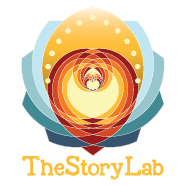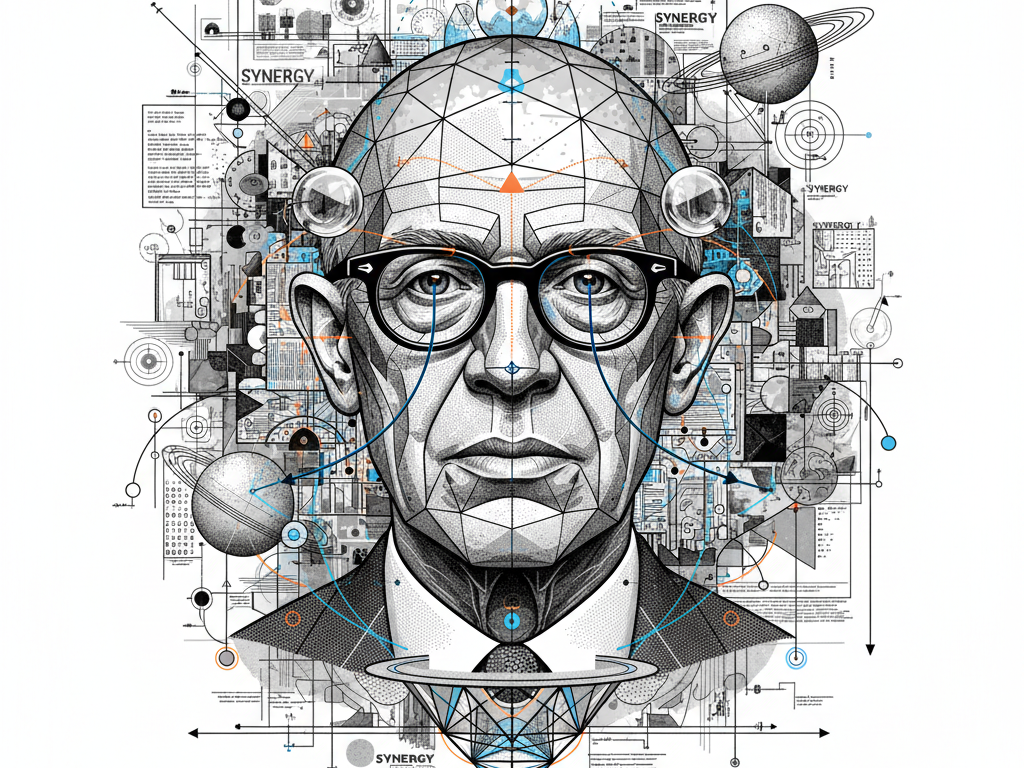
A Year of an ID
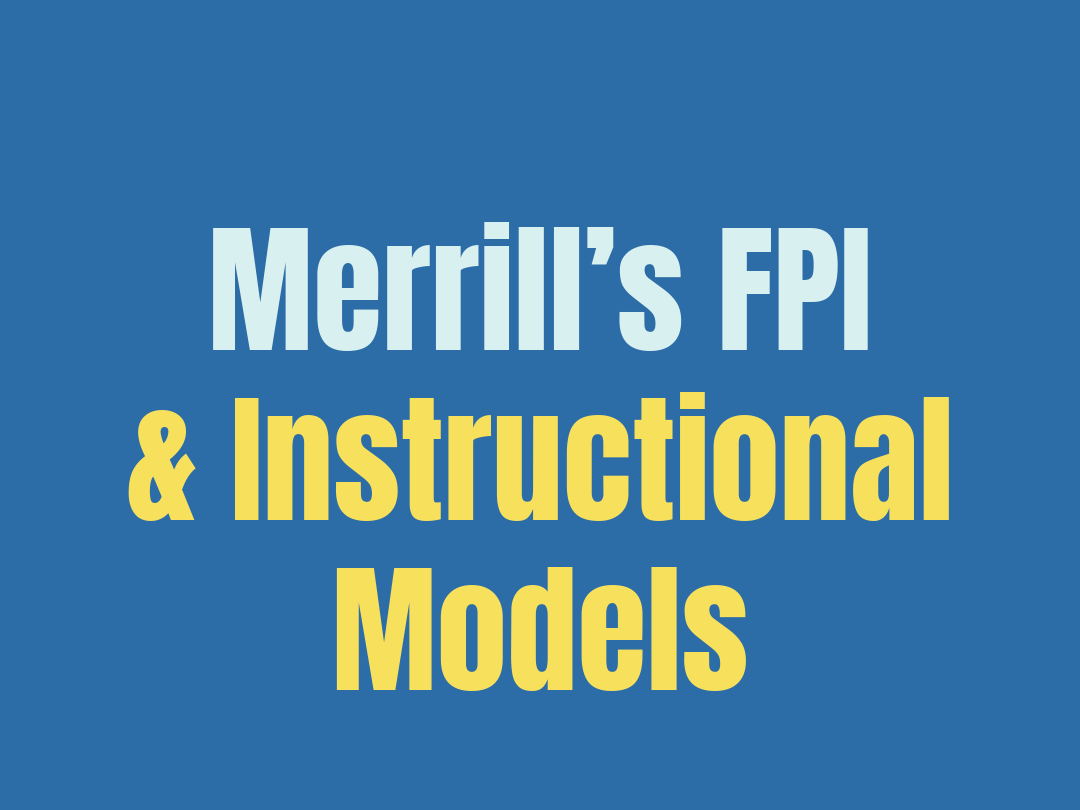
Merrill’s FPI & Instructional Models
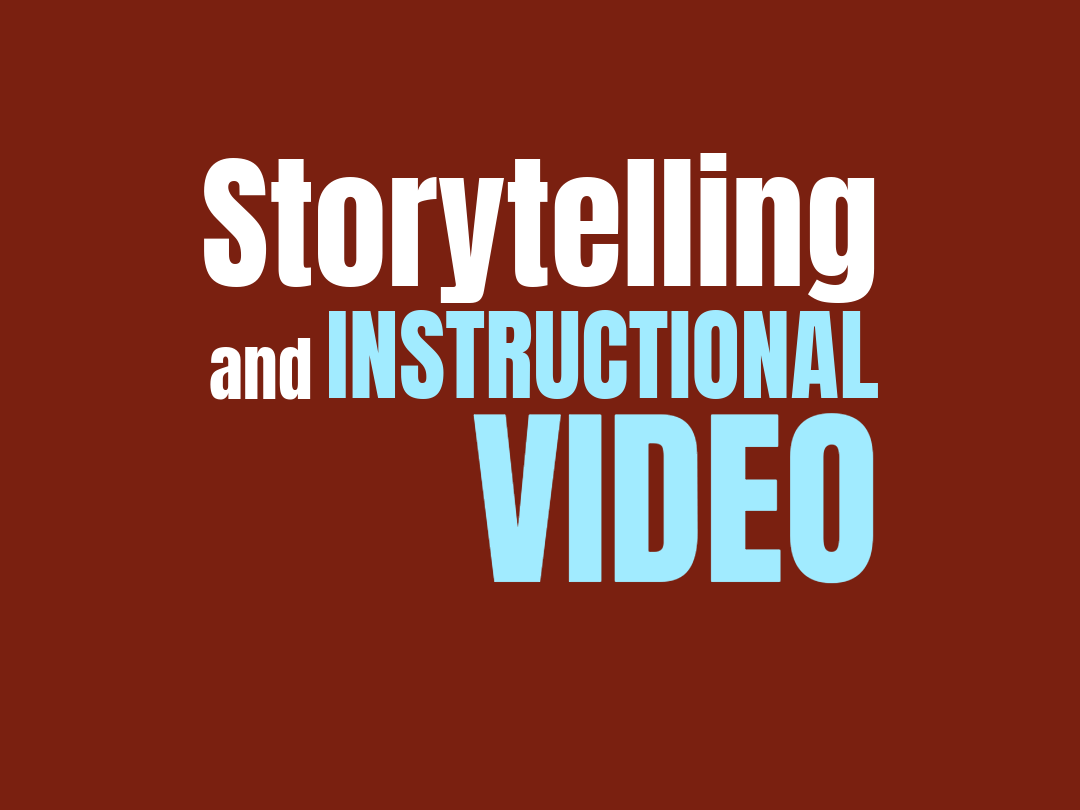
Storytelling in Instructional Video
This paper explores the inherent connection between storytelling and instructional design, emphasizing how narrative structures can effectively convey instructional content to learners. By drawing parallels between the processes of story development and instructional design, the paper illustrates how key storytelling elements, such as conflict, character, setting, and structure, can be integrated into training programs to foster engagement and knowledge retention.
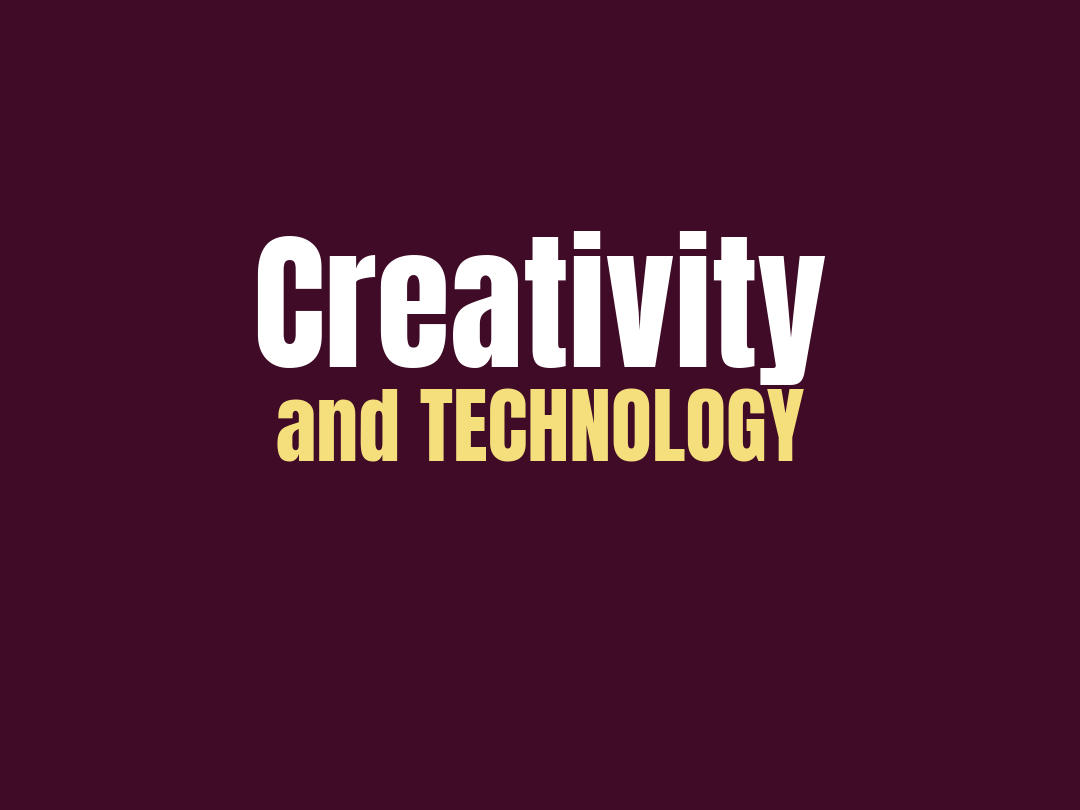
Creativity and Technology
Creativity drives technological progress, which, in turn, amplifies human potential. The cyclical relationship between innovation and tools is highlighted, with intuitive, human-centered design seen as key to unlocking creative possibilities.
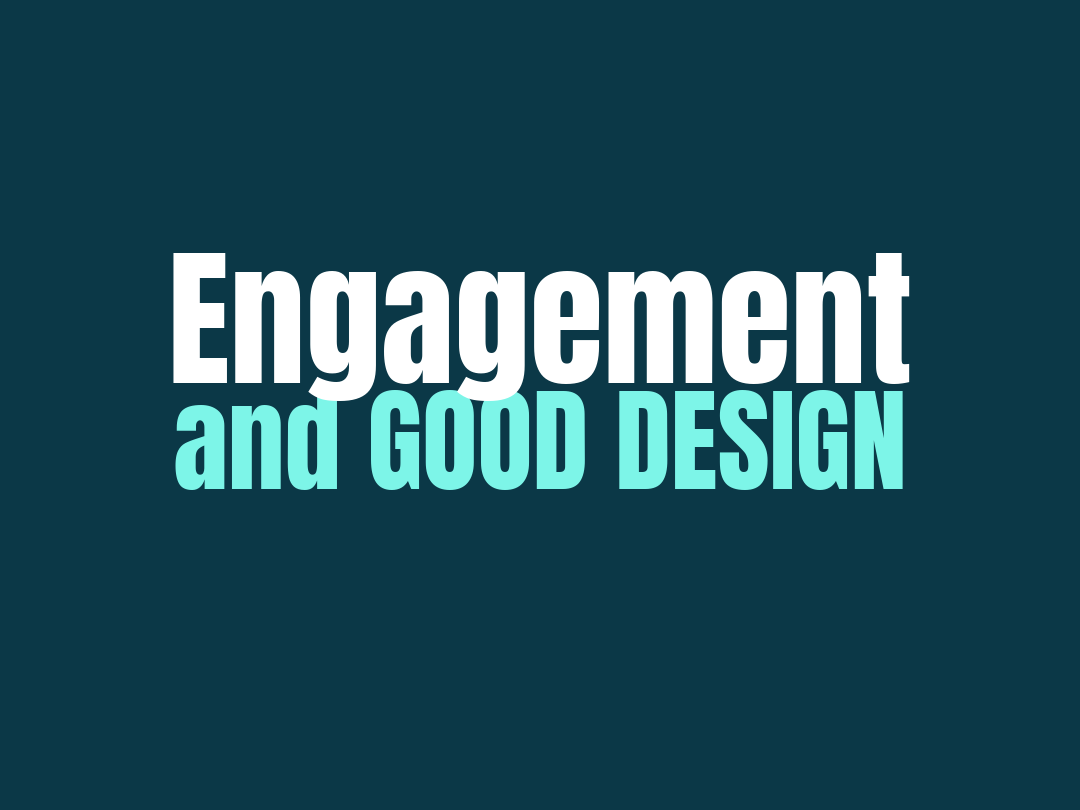
Engagement and Good Design
Designers play a pivotal role in fostering this engagement through well-structured, meaningful, and interactive experiences.
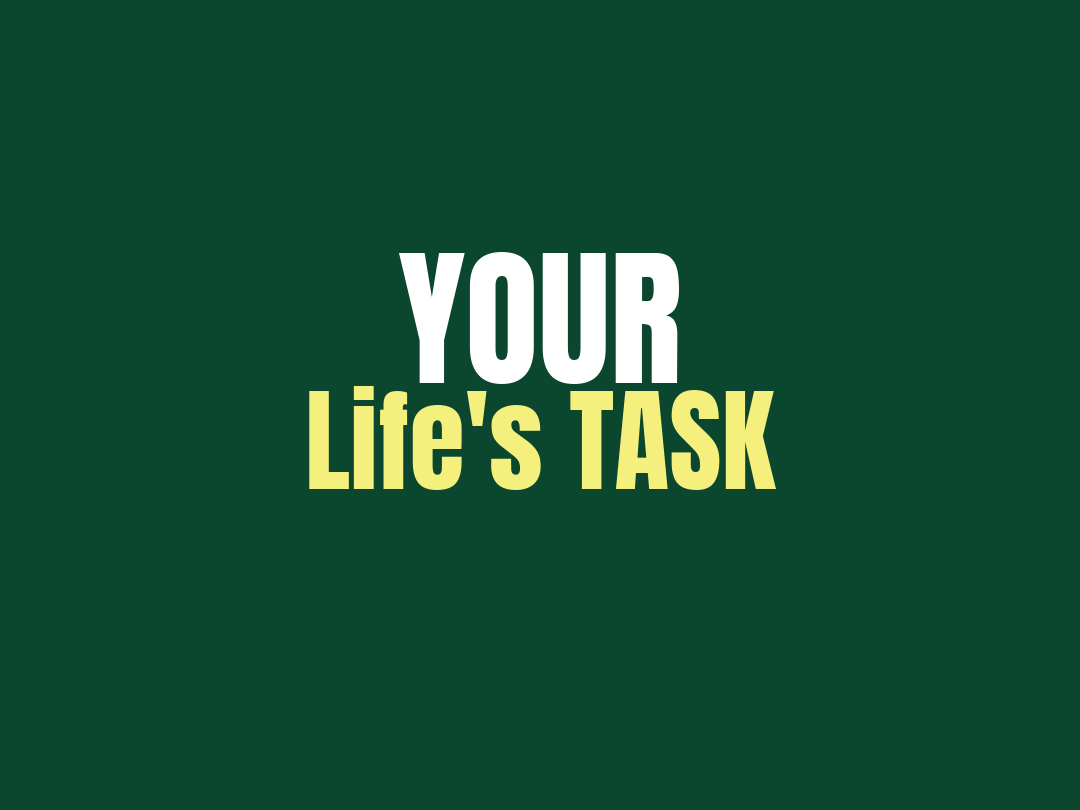
Finding Your Life's Task
Finding Your Life’s Task: Five Strategies. Notes from the book Mastery by Robert Greene.
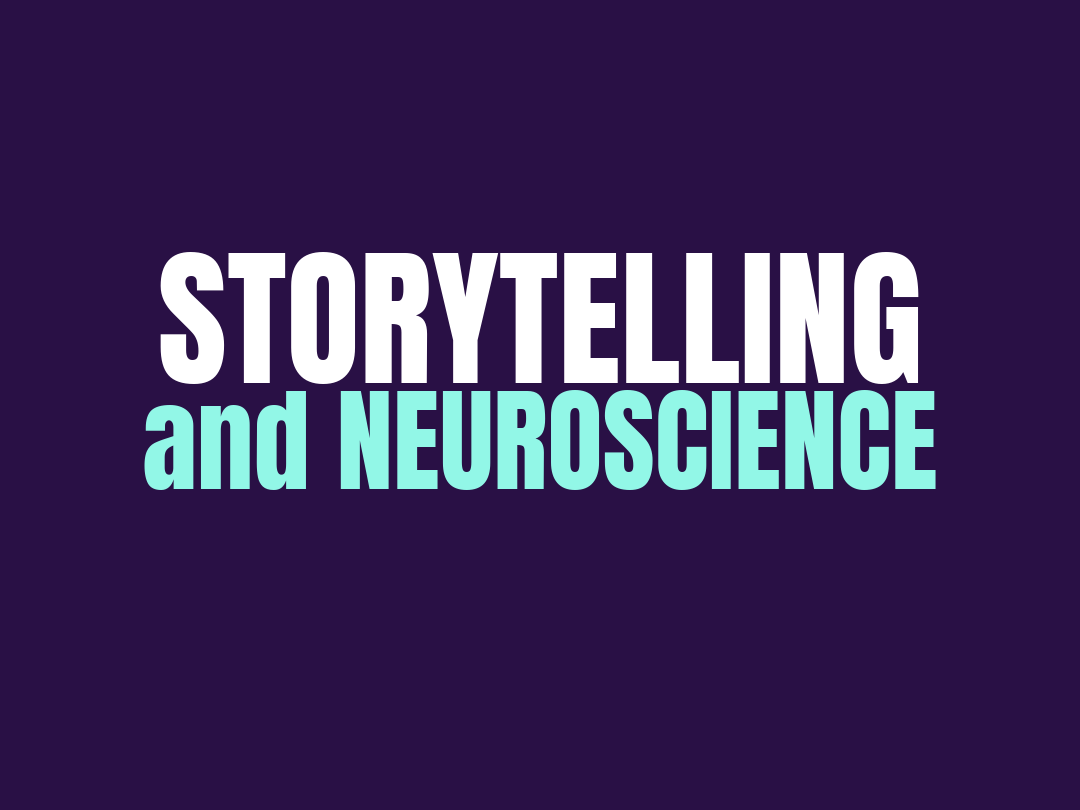
Storytelling and Neuroscience
The intersection of storytelling and neuroscience reveals a fascinating connection between the art of narrative and how our brains process information. Neuroscientific studies have shown that storytelling has a unique impact on the brain, influencing both cognitive and emotional processes.
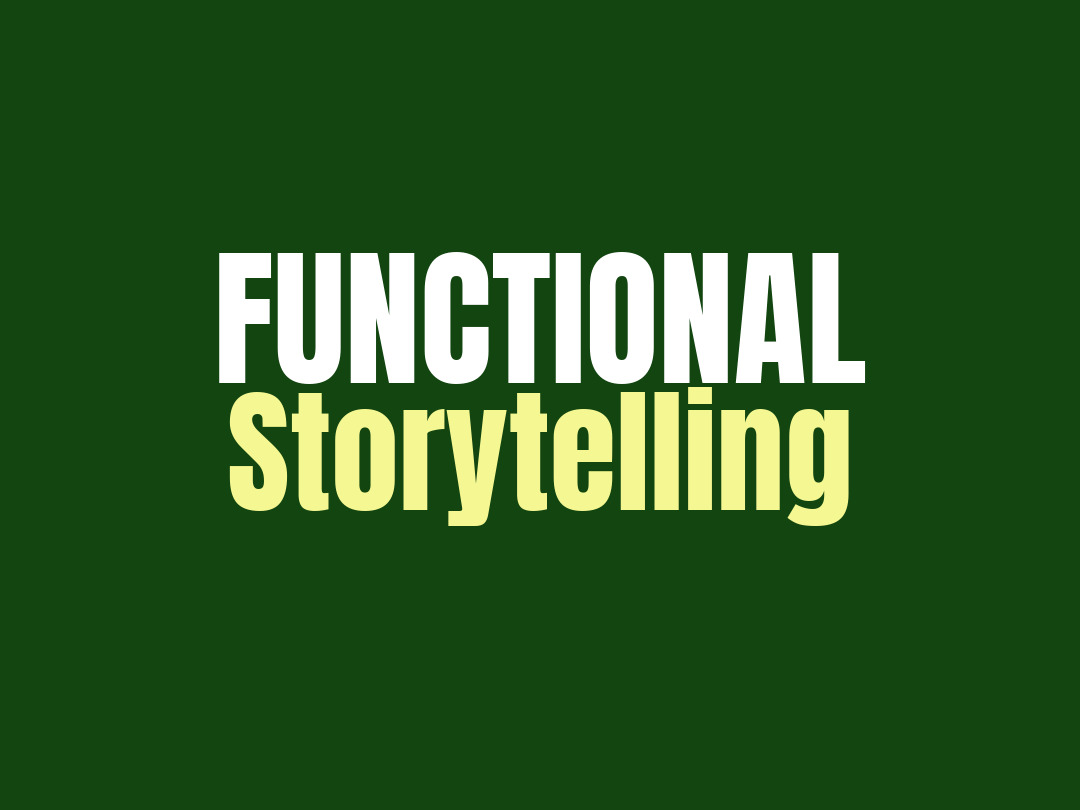
Functional Storytelling
Functional storytelling refers to the use of storytelling techniques and narratives to achieve specific goals or outcomes, particularly in professional or organizational settings. It involves the strategic application of storytelling to convey information, engage audiences, and influence behaviors.
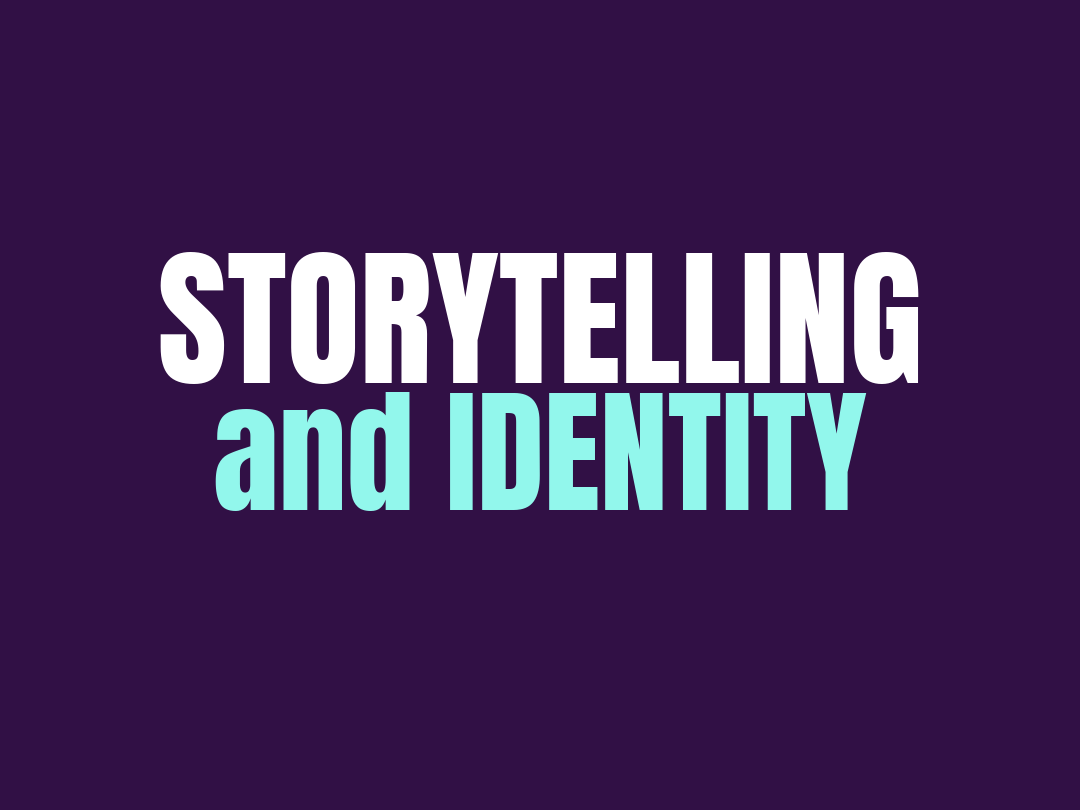
Identity and Storytelling
Identity formation and storytelling are intricately connected, as narratives play a significant role in shaping individuals' sense of self.
